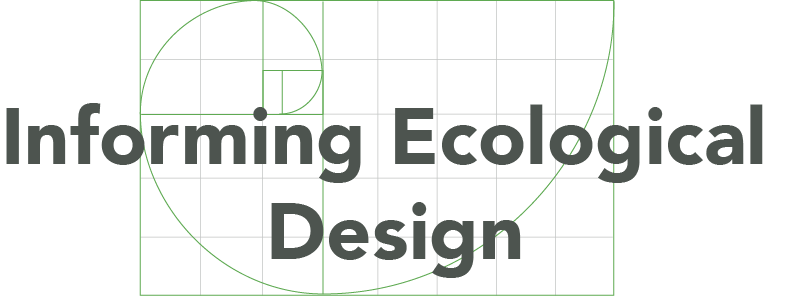Designing Systems for People
In last month’s post, I reviewed industrial engineer Gerry Nadler’s advice: structure problems as system-design opportunities and start by analyzing the purposes of the new system.
While Nadler’s engineering orientation shows through in his body of work, Gerry advocated for engaging the people who would operate or be affected by the new system in the design process.
Engaging people to solve relevant problems sounds great. How to do it? Human-centered design (HCD) organizes tools, methods, and principles to make engagement practical.
Overview of Human-centered design (HCD)
Like Nadler, HCD frames design work as the design of systems. Here’s the definition of HCD in ISO standard 9241-219:2019(E):
Human-centered design is an approach to interactive systems development that aims to make systems usable and useful by focusing on the users, their needs and requirements, and by applying human factors/ergonomics, and usability knowledge and techniques. This approach enhances effectiveness and efficiency, improves human well-being, user satisfaction, accessibility and sustainability; and counteracts possible adverse effects of use on human health, safety and performance.
In a recent project, I studied the IDEO Field Guide to Human-Centered Design, a reference guide to HCD methods from the design firm IDEO.
Definition and Mindsets
The Field Guide starts with IDEO’s definition of human-centered design:
Human-centered design is a unique approach to problem solving, one that can occasionally feel more like madness than method-but you rarely get to new and innovative solutions if you always know precisely where you're going. The process is designed to get you to learn directly from people, open yourself up to a breadth of creative possibilities, and then zero in on what's most desirable, feasible, and viable for the people you're designing for…because the goal is to have a big impact in the world, we have to then identify what, among that constellation of ideas, has the best shot at really working. You'll diverge and converge a few times, and with each new cycle you'll come closer and closer to a market-ready solution. (IDEO HCD Field Guide, p. 13)
The Field Guide reader next gets an introduction to seven core mindsets for HCD practice:
Creative Confidence
Make It
Learn from Failure
Empathy
Embrace Ambiguity
Optimism
Iterate, Iterate, Iterate.
The one-page summaries of the mindsets are three to four succinct paragraphs, along with a defining quote from an IDEO designer.
One minute each to read, I found the mindsets a way to refresh my thinking.
Inspiration, Ideation, and Implementation
The Field Guide groups 57 tools into IDEO’s three design phases.
“Human-centered design isn't a perfectly linear process, and each project invariably has its own contours and character. But no matter what kind of design challenge you've got, you'll move through three main phases: Inspiration, Ideation, and Implementation.” (IDEO HCD Field Guide, p. 11).
For IDEO, the Inspiration phase explores the human context of the problem. The 19 tools in this section of the Field Guide enable a design team to articulate purposes or functions that their users will value.
While the Field Guide only uses the word “co-design” once, in an illustration of the Collage tool on p. 62, the tools in the Inspiration phase invite users to the table. Eleven of the 19 tools in the Inspiration phase explicitly include one or more users in conversations, observations, and visualizations of the problem opportunities.
In the Ideation phase, the design team generates ideas and preliminary system concepts that will solve the problem or achieve the purposes and functions revealed in the Inspiration phase. This section lists 24 tools. The Rapid Prototyping and Get Feedback tools reflect traditional harvesting of user reactions and ideas. The Co-Creation Session and the Role Playing tools invite users to partner with the core design team.
The Implementation Phase involves completing the design and testing it under a range of conditions. The 13 tools in this phase include tips for treating your solution as a business proposition and expanding the design team to include stakeholders and business partners.
Recommendation
I’ve been writing blog posts since 2013 to clarify my thinking and consulting practice, and to share with colleagues, friends, and my future self. The posts record my beliefs and intentions, increasing the likelihood that my future choices and actions will built on those beliefs and intentions.
Writing this post encourages me to look at the IDEO Field Guide in my next design project and consciously test one or more of the tools, especially those that invite users to the design table. If you test the IDEO Field Guide tools yourself, please let me know what you learn from your tests.











